Configuring Aruba Mobility Level 2
Tópicos
Introduction
Review topics from the Aruba Mobility Fundamentals course
AP terminology
GUI Hierarchy
WLAN forwarding modes
Explain the features of AOS 8
Mobility Master Redundancy
Explain VRRP setup
DB synchronization procedures
Validating MM DB synchronization
IPv6 support for the redundancy
Mobility Master and MC Operations
Grow the network to multiple controllers
Review the configuration hierarchy
MC deployments methods
Explain advanced license features
Multizone
Describe Multizone
Explain Multizone AP functional flow
Describe the functions of primary and data zones
Troubleshooting Multizone setup
Introduction to MC clusters
Reviews advantages of a MC cluster
The cluster leader election process
Defines the MC cluster roles
AP and user mapping into a cluster
Requirements for hitless cluster failover
AP and user load balancing within the cluster
Mobility
Explain standard 802.11 roaming
Describes single and multi-controller roaming
Defines the advantages of cluster mobility
Role Derivation
Review of policies and rules
Explains role derivation using VSAs
Description of user rules
Description of authentication default roles
Explains how to troubleshoot role derivation
Role based ACL
Este curso ensina conhecimentos, habilidades e experiência prática necessária para instalar e configurar recursos avançados na Aruba WLAN utilizando a arquitetura e os recursos AOS 8.X. Este curso inclui palestras e laboratórios que fornecem a compreensão técnica e experiência prática de configuração da Mobility Master redundante com dois controladores e dois APs. Os participantes aprenderão como instalar uma rede WLAN Aruba redundante com clustering enquanto usa muitos recursos com o Multizone para acesso de convidados, otimização de voz e nó encapsulado. Esse curso inclui o sistema de gerenciamento AirWave e comandos de solução de problemas.
Nível: Intermediário
Carga Horária: 40h
Esse curso não está relacionado a nenhuma certificação Aruba, pois é um treinamento de administração de produto.
Remote Access
Review of all remote access methods RAP/ VIA / IAP-VPN / branch controller
Explains RAP certification and setup methods
Internal and external(CPPM) whitelisting of RAP
Configuration of RAP WLAN
Explores the options for RAP redundancy
Explains how to troubleshoot RAP setup
VIA configuration, downloading and installation
Explains how to troubleshoot VIA setup
Voice Optimization
Review of voice QOS
Explanation of WMM
Description of UCC Heuristic and SDN API mode
Monitoring and troubleshooting voice connections
Mesh
Explains mesh networks and technology
Configuration of mesh clusters
Explains Tri-radio Mesh support
Administration
Explains management accounts and password reset
Configuration of guest provisioning accounts
The use of authentication using RADIUS or TACACS
Describes how to disable console access
Operations
Explains how to upgrade new images
Describes AP preloading
Explains cluster in service upgrade Auto roll backs of configuration
Describes loadable in service modules
AirGroup
Explains the Aruba AirGroup solution
Configuration of AirGroup with limitations
Explores the integration with ClearPass
Monitoring AirGroup servers and users
Dynamic Segmentation
Explains Port-Based Tunnelling (PBT)
Explains User-Based Tunnelling (UBT)
Describes the interaction between switches and Mobility controllers
Explains how to troubleshoot tunnel connections
AirWave Introduction
Explains the different features of AirWave
The use of groups and folders
AirWave features description
Configuration of device credentials and adding devices
AirWave Network Health
Explains diagnostic page indications
Describe network health graphs to identify network issues
Performance graphs to help in network planning
The use of clarity to direct administrator to the source of the problem
AirWave Client and Device Troubleshooting
Explains how to find a client and troubleshoot association issues
Diagnosing associated client issues
Investigating client SNR
Describes AP, network and controller diagnosing
Explains how to monitor a MC cluster within AirWave
AirWave VisualRF, Reports and Alerts
Explains the different VirtualRF display options
Describes the VisualRF application monitoring
Configuration of triggers to create alerts
Generation of 22 type of reports as well as custom reports

